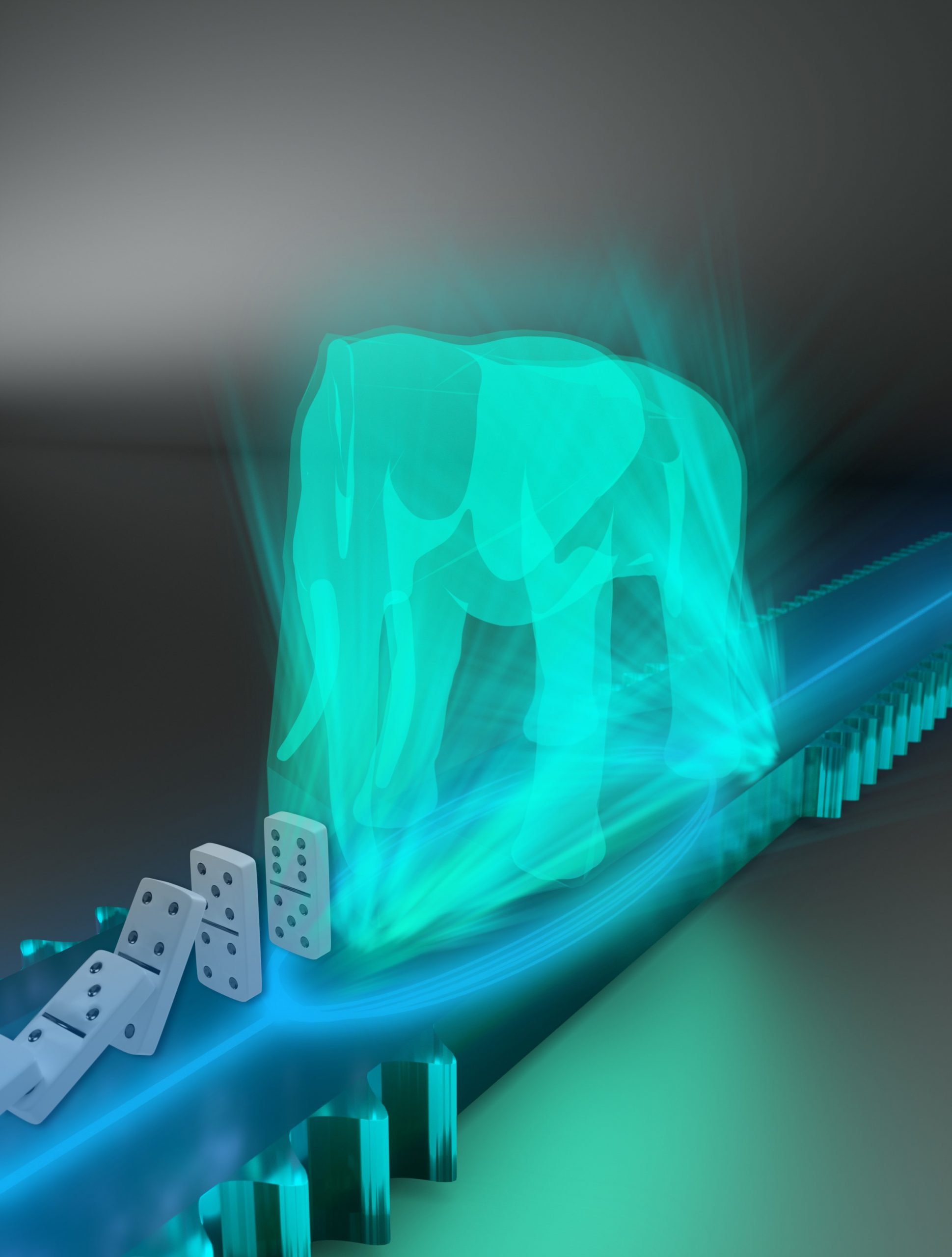
Researchers from the Vrije Universiteit Brussel and Harvard have succeeded for the first time in making near-field light visible. This is light that “sticks” to surfaces. “This research opens the door to unprecedented mastery of this powerful, largely unexplored type of light. There is great potential for applications in particle manipulation, molecular detection and optical communication,” says Vincent Ginis, lead author and professor at the Vrije Universiteit Brussel and guest professor at Harvard. The research was published yesterday in the renowned journal Science.
There are many types of light, some of which are visible to the human eye while others are not. Red light, blue light and all colors in between are visible. However, our eyes cannot process UV or infrared light and as a result, this light remains invisible to us. Then there is another kind of light that is invisible because it simply never reaches our eyes.
Near-field light is elusive
When light reflects on certain surfaces, part of it adheres to the surface. This kind of light is called near-field light and it is quite elusive. Nowadays it is used for ultra-high resolution microscopy. But this light also has great potential for applications in particle manipulation, molecular detection and optical communication. For example, near-field light can detect and separate molecules with subtle differences, important in the development of new drugs. It can also increase the capacity of optical connections in data centers. To make these and other applications possible, it is essential to be able to design the near-field light as desired.
To manipulate near-field light on a surface, the researchers have now developed a component in which light moves through a waveguide. In this component the light bounces back and forth. After each bounce the light changes shape and propagates itself with a different spatial pattern. When all the different patterns of this near-field light are superimposed on top of each other, a specific shape is created.
Light structured in the shape of an elephant
“We can pre-program that specific shape by adjusting the amplitude of the phase of the bouncing light,” according to Ginis. “It’s a bit like music. The music you hear consists of a row of many notes that have been put together in patterns by a composer. The sound of one note alone is very flat, but many notes together create beautiful music. While music works in time, our light component works in a three-dimensional space. The especially intriguing aspect of our technique is that one note generates the other.” To demonstrate the design, the researchers structured the near-field light in the shape of an elephant. Or, more specifically, an elephant in a boa-constrictor, or a hat.
“We already have many tools and techniques to manipulate free light beams such as lenses, telescopes, prisms and holograms. We can now start supplementing this rich toolbox with tools that shape the near-field light,” Ginis concludes.
Also interesting: Wifi soon to be a thing of the past thanks to LED light
"light" - Google News
July 27, 2020 at 10:00PM
https://ift.tt/3g4MZ47
Researchers make invisible light visible for the first time - Innovation Origins
"light" - Google News
https://ift.tt/2Wm8QLw
https://ift.tt/2Stbv5k
Bagikan Berita Ini














0 Response to "Researchers make invisible light visible for the first time - Innovation Origins"
Post a Comment